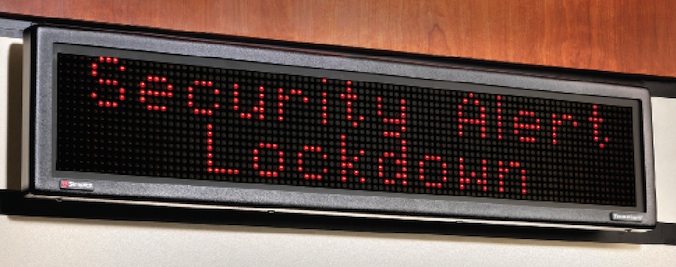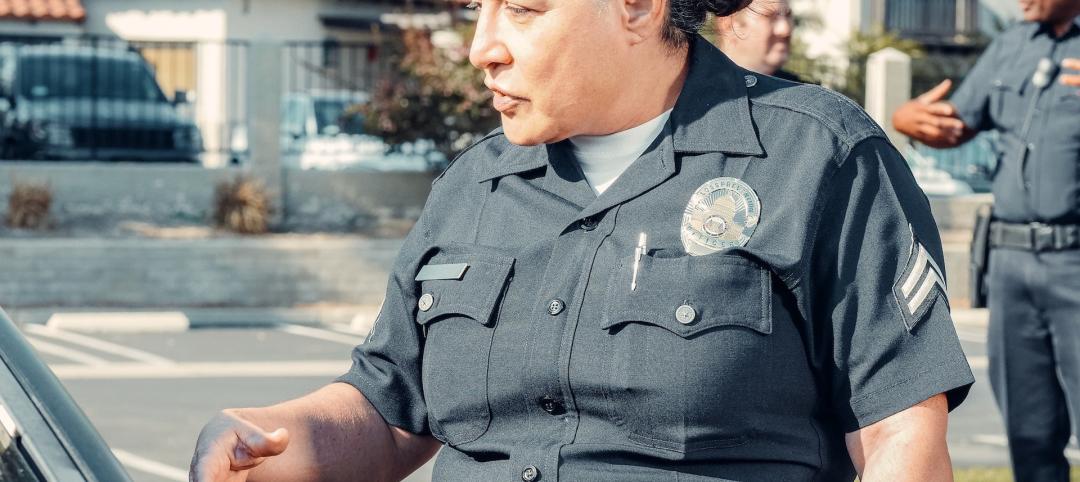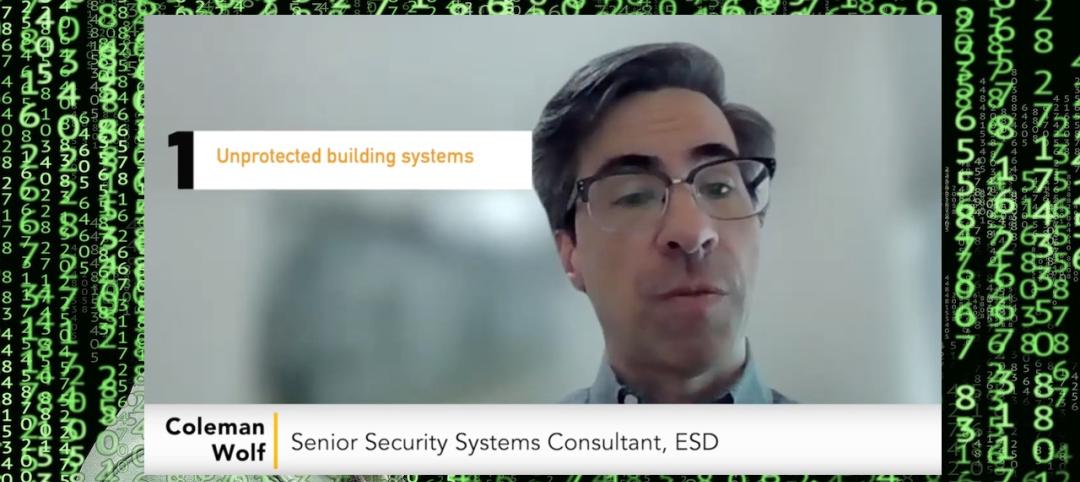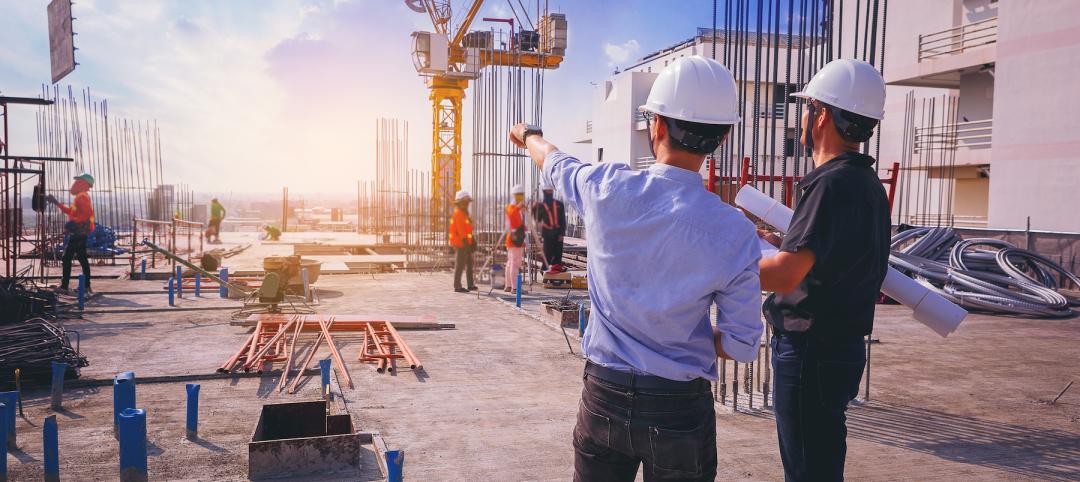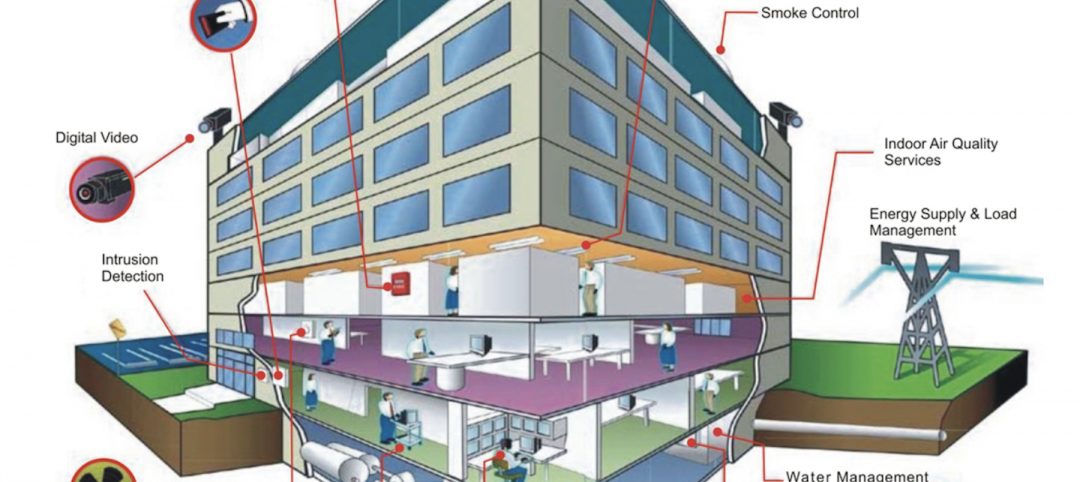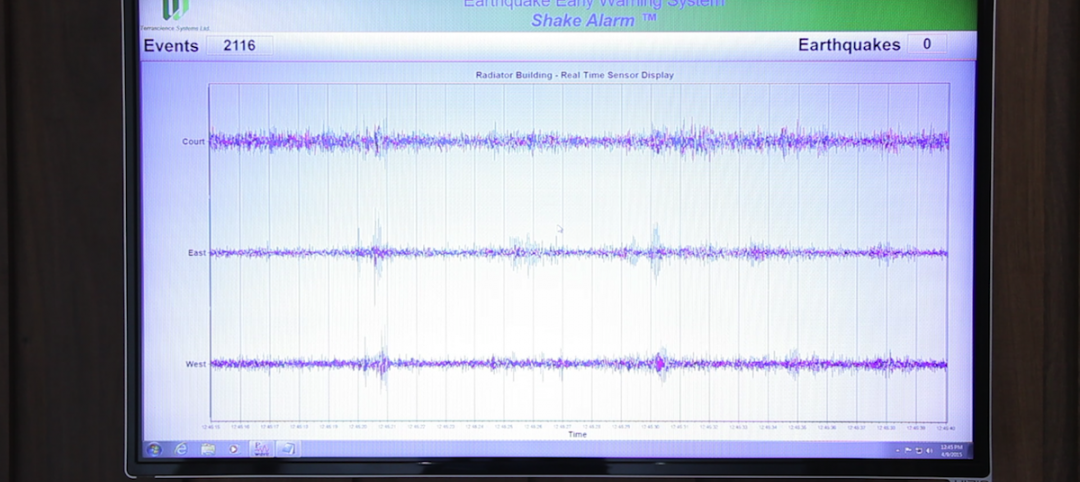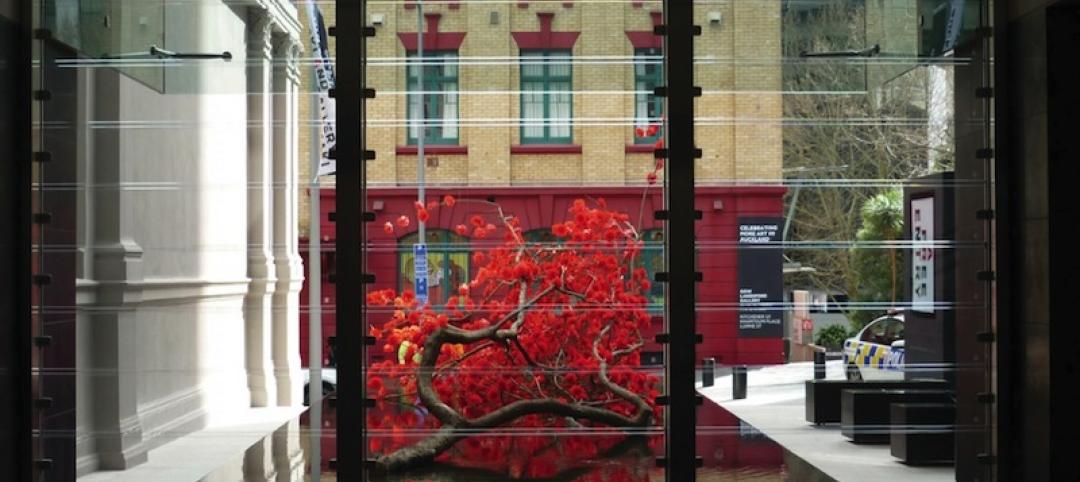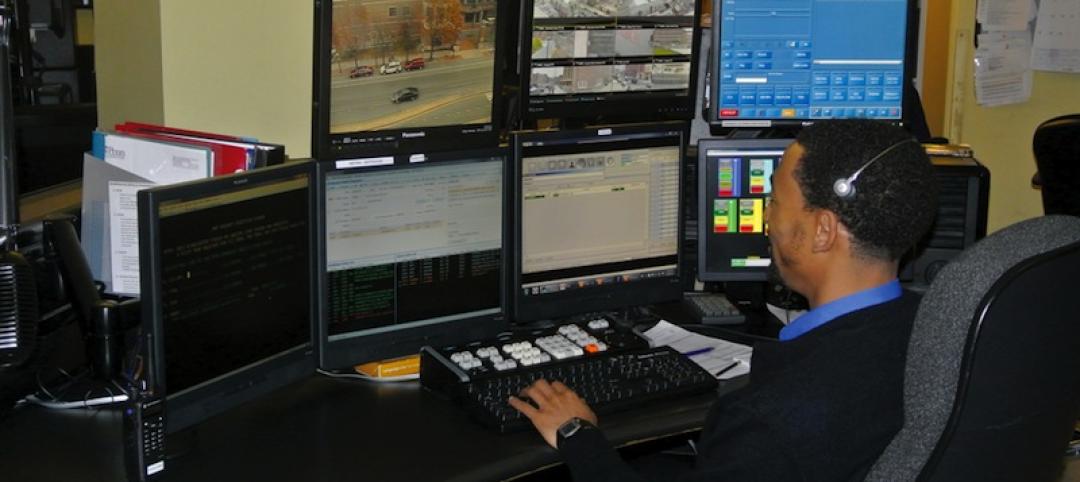AEC Building Teams should work with their clients to conduct a version of the “threat assessment” described in this Special Report.
Such an evaluation should start at the property line and work inward. Many of the questions that a security team would use in a K-12 threat assessment could be applied to office buildings, hospitals, outpatient facilities, hotels, university buildings, stadiums, convention centers, municipal and state government buildings, and other places of congregation:
• Are there exterior conditions that could compromise security—untrimmed bushes that could provide cover for intruders, or unlocked trash receptacles that could become hiding places for weapons or explosives?
• Are exit doors fitted with alarms in case they are propped open?
• Are visitors, tenants, and other building users “funneled” to a main entry point where surveillance at various levels can be conducted?
• Do the security cameras work? Does anyone monitor them? How often?
As our report shows, design and technology are vital to the safety of children, teachers, and staff in schools, but if the staff and users of other building types are not educated in emergency procedures and don’t rehearse them, the damage from an untoward incident could rise significantly.
Staff training and periodic rehearsals in security measures should be de rigueur for virtually every kind of building with public access—hospitals, retail and office facilities, college student unions, performing arts centers, movie theaters, and so on.
Our report raised the sustainability vs. security question for schools, but that quandary also applies to other public or quasi-public building types and uses, such as office buildings, college residence halls and classrooms, hotel lobbies, and restaurants. Owners and users of these buildings—not to mention the architects, engineers, and construction professionals who design and build them—all want as much natural light as the energy model will permit, but daylighting requires lots of glass, and that could raise concerns about security. Building Teams need to work with their owner clients to balance these occasionally conflicting demands.
One of the surprising findings from our exclusive survey of BD+C subscribers was that fully one-third of respondents (33.8%) said they were unfamiliar with Crime Prevention Through Environmental Design, and that only about one in six respondents (16.4%) said they (or their firms) used CPTED principles on a routine basis in K-12 projects.
These respondents were selected on the basis of their heavy involvement in school projects. If they don’t know about CPTED for schools, is it also the case that those who design and build other kinds of public or semi-public facilities have no training in security-related matters? That would be very disturbing.
(Editor's Note: This article is the fourth in BD+C's five-part special report on security design for K-12 school projects. Read the full report.)
Related Stories
Smart Buildings | Jul 1, 2024
GSA to invest $80 million on smart building technologies at federal properties
The U.S. General Services Administration (GSA) will invest $80 million from the Inflation Reduction Act (IRA) into smart building technologies within 560 federal buildings. GSA intends to enhance operations through granular controls, expand available reporting with more advanced metering sources, and optimize the operator experience.
K-12 Schools | Jan 25, 2023
As gun incidents grow, schools have beefed up security significantly in recent years
Recently released federal data shows that U.S. schools have significantly raised security measures in recent years. About two-thirds of public schools now control access to school grounds—not just the building—up from about half in the 2017-18 school year.
BAS and Security | Oct 19, 2022
The biggest cybersecurity threats in commercial real estate, and how to mitigate them
Coleman Wolf, Senior Security Systems Consultant with global engineering firm ESD, outlines the top-three cybersecurity threats to commercial and institutional building owners and property managers, and offers advice on how to deter and defend against hackers.
Security and Life Safety | Jul 5, 2022
What AEC firms should look for in a cybersecurity partner
When looking for expert partners in cybersecurity, AEC firms will find quite a lot of companies claiming to be at the forefront of modern threats. Here are five key points to look for when choosing a cybersecurity firm.
Smart Buildings | Jun 1, 2022
Taking full advantage of smart building technology
Drew Deatherage of Crux Solutions discusses where owners and AEC firms could do better at optimizing smart technology in building design and operations.
BAS and Security | May 26, 2022
Can your intelligent building outsmart hackers?
ESD's security services studio leader Coleman Wolf offers tips, advice, and lessons for protecting real estate assets from cyberattacks.
75 Top Building Products | Dec 16, 2019
101 Top Products for 2019
Building Design+Construction readers and editors select their top building products for the past 12 months in the fourth-annual 101 Top Products report.
Seismic Design | Jun 9, 2015
First building-specific earthquake warning system installed in North Portland, Ore.
The ShakeAlarm system recognizes and quantifies the faster but lower-energy seismic P-wave, which is the precursor to the more damaging S-wave.
Fire and Life Safety | May 27, 2015
7 bold applications and innovations for fire and life safety
BD+C’s roundup features colorful sprinklers for offices, hotels, museums; a fire-rated curtain wall at a transit hub in Manhattan; a combination CO/smoke detector; and more.
University Buildings | Feb 20, 2015
Penn strengthens campus security by reviving its surrounding neighborhood
In 1996, the University of Pennsylvania’s sprawling campus in Philadelphia was in the grip of an unprecedented crime wave. But instead of walling themselves off from their surrounding neighborhoods, the school decided to support the community.


